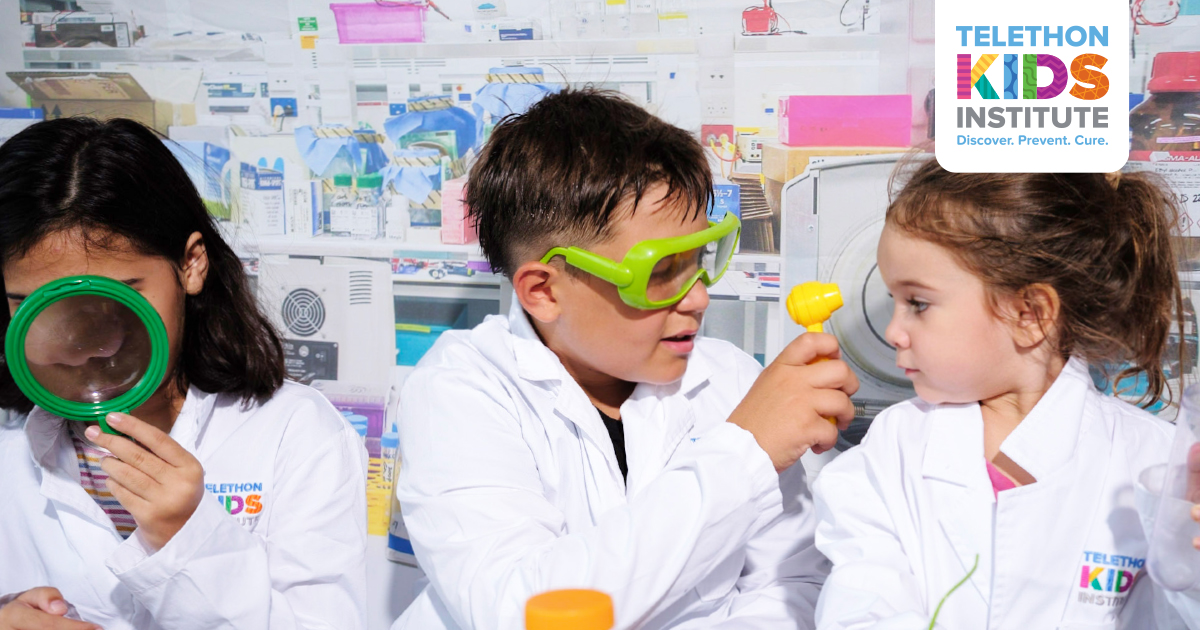Search
Research
Small for gestational age at term and adult lung functionCitation: Wang KCW, James AL. Small for gestational age at term and adult lung function. Respirology. 2023:28(2);99-100 Keywords: Paediatrics;
Research
Investigating the Validity of the Australian Early Development CensusThis article continues evaluation of the construct validity of the Australian Early Development Census through comparison with linked data from a sample of 2216 4-5 year old children collected as part of the Longitudinal Study of Australian Children.
Research
Learning to make a difference for chILD: Value creation through network collaboration and team scienceAddressing the recognized challenges and inequalities in providing high quality healthcare for rare diseases such as children's interstitial lung disease (chILD) requires collaboration across institutional, geographical, discipline, and system boundaries. The Children's Interstitial Lung Disease Respiratory Network of Australia and New Zealand (chILDRANZ) is an example of a clinical network that brings together multidisciplinary health professionals for collaboration, peer learning, and advocacy with the goal of improving the diagnosis and management of this group of rare and ultra-rare conditions.
Research
Parents' Perceptions of the Neighbourhood Built Environment Are Associated with the Social and Emotional Development of Young ChildrenThe influence of the neighbourhood built environment on young children's physical development has been well-documented; however, there is limited empirical evidence of an association with social and emotional development. Parental perceptions of the neighbourhood built environment may act as facilitators or barriers to young children's play and interactions in their local environment. The aim of this study was to examine the associations between parents' perceptions of the neighbourhood built environment and the social-emotional development of children aged two-to-five years.
Research
Exploring offending characteristics of young people with foetal alcohol spectrum disorder in Western AustraliaNeurodevelopmental impairments resulting from Foetal Alcohol Spectrum Disorder (FASD) can increase the likelihood of justice system involvement. This study compared offence characteristics in young people with FASD to demographically matched controls (n = 500) in Western Australia.
Research
Parent-infant interaction quality is related to preterm status and sensory processingParent-infant interactions provide the foundation for the development of infant socioemotional wellbeing. Preterm birth can have a substantial, and often detrimental, impact on the quality of early parent-infant interactions. Sensory processing difficulties, common in preterm infants, are further associated with poorer interaction quality.
Research
Evaluation of the Positive Parenting ProgramIn 2016, the Australian Centre for Child Protection (ACCP) and The Kids Research Institute Australia (The Kids) were engaged to evaluate the implementation and impact of Triple P in South Australia.
Research
Early literacy skills: review of evidence for pedagogical approaches that best support children’s early literacy skillsRecent evidence indicates that a child’s home learning environment is the strongest predictor of success in later reading abilities and that for children not receiving structured language and reading support at home.
Research
Western Australian Child Development AtlasWe know that place, location, and geography can all influence health, wellbeing, and disease, and thus are important factors in policy development and service planning.

News & Events
Broome kids get their hands dirty with real-life scienceThe Kids Research Institute Australia is bringing science to the Kimberley, with a series of free activities for children and families in Broome in the leadup to National Science Week.
